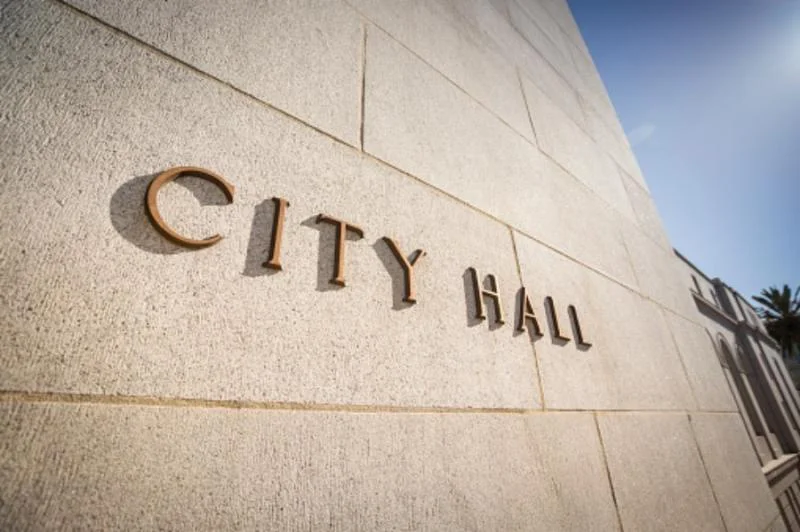Governors and mayors are elected leaders in charge of different levels of government within a country. They each have their jobs, responsibilities, and areas of authority. Depending on how a country’s government is set up, a governor is the leader of a state, province, or region. They are in charge of making sure that state laws are followed, managing state resources, and giving orders to state agencies. Their authority covers the whole state, and they look out for the interests of the state’s residents in a bigger way. Governors also work with other state officials, like legislators and judges, to develop state policies, budgets, and rules. They might be able to sign or veto bills, give executive orders, and pardon people.
On the other hand, a mayor is in charge of running a municipality or city. They are in charge of running the city on a day-to-day basis, which includes providing essential services like public safety, sanitation, and maintenance of infrastructure. Mayors work closely with city council members to develop and implement local policies, ordinances, and budgets. Most of the time, they have a more direct effect on people’s everyday lives because they deal with local problems and concerns. Mayors may also represent their city in regional or national issues, working with other local governments or speaking up for city interests. In short, the main difference between a governor and a mayor is the level of government they are in charge of. Governors run governments at the state level, while mayors operate at the city or municipal level. Their jobs and responsibilities differ because their constituents have different needs and priorities.
Who is a Governor?
A governor is the leader of a state, province, or region within a country, depending on how the country’s government is set up. Governors possess executive authority and are responsible for overseeing the execution and enforcement of state laws, managing state resources, and leading state agencies. The residents of their respective states elect them.
Governors collaborate with other state officials, including lawmakers and the courts, to create and implement state policies, budgets, and regulations. They might be able to sign or veto legislation, issue executive orders, and grant pardons. Being the highest-ranking official in their state, governors promote their people’s interests at the regional and national levels, frequently partnering with governors from other states or engaging in discussions with the federal government.
In conclusion, a governor is a prominent political figure responsible for governing and representing their state or regional government and plays a crucial role in crafting policies and safeguarding the welfare of their constituents.
Who is a Mayor?
A mayor is the elected head of a city or municipal government, responsible for the day-to-day management of local affairs and administration. As the top executive officer at the municipal level, the mayor collaborates closely with city council members to establish and implement community-responsive policies, regulations, and budgets.
Mayors manage the delivery of critical services, such as public safety, sanitation, and infrastructure upkeep, and make choices that directly impact the daily lives of local people. They frequently collaborate with other local governments, regional authorities, and national government representatives on matters affecting their city.
In addition, mayors function as the principal spokesperson for their city, promoting its interests in regional or national concerns and advocating on behalf of its inhabitants. They play a crucial role in developing civic involvement, promoting economic development, and enhancing the quality of life.
A mayor is a central figure in local government who controls city administration, addressing local issues and concerns while promoting the interests of their residents.
Difference Between Governor and Mayor
The primary distinction between a governor and a mayor is the scope of power each holds. The governor is the chief executive of a state, province, or region and is responsible for the management of state-level governance, while the mayor is the chief executive of a city or municipality. They serve different purposes and have different responsibilities since their people have different requirements and objectives. The most important distinctions between governors and mayors are highlighted below.
Jurisdiction
Mayors run local administrations, while governors are in charge of states, provinces, or regions.
Level of Government
In terms of government hierarchy, governors are above mayors, who are responsible for municipal affairs.
Policy Scope
While governors are responsible for statewide or provincial policies, mayors are in charge of local legislation and regulations.
Representation
When it comes to representing their constituents, governors focus on regional and national issues, while mayors concentrate on those that directly affect their city.
Executive Authority
The executive power of a state lies with its governor, while that of its municipalities lies with their mayors.
Legislation
While governors have the authority to sign or veto bills and issue executive orders at the state level, mayors normally only have advisory or consultative roles in the enactment of local regulations and are instead responsible to city councils.
Budgets
While governors are responsible for designing and approving state budgets, mayors and city councils collaborate to create and implement municipal spending plans.
Law Enforcement
Governors are responsible for law enforcement at the state level, whereas mayors are in charge of public safety on a municipal level.
Emergency Response
While governors can declare emergencies and manage disaster relief on a state level, mayors are responsible for handling crises on a municipal level and coordinating municipal responses.
Term Limits and Election Procedures
Depending on a country’s political system and regional legislation, governors and mayors may be subject to varying term limits, election procedures, and eligibility requirements.







